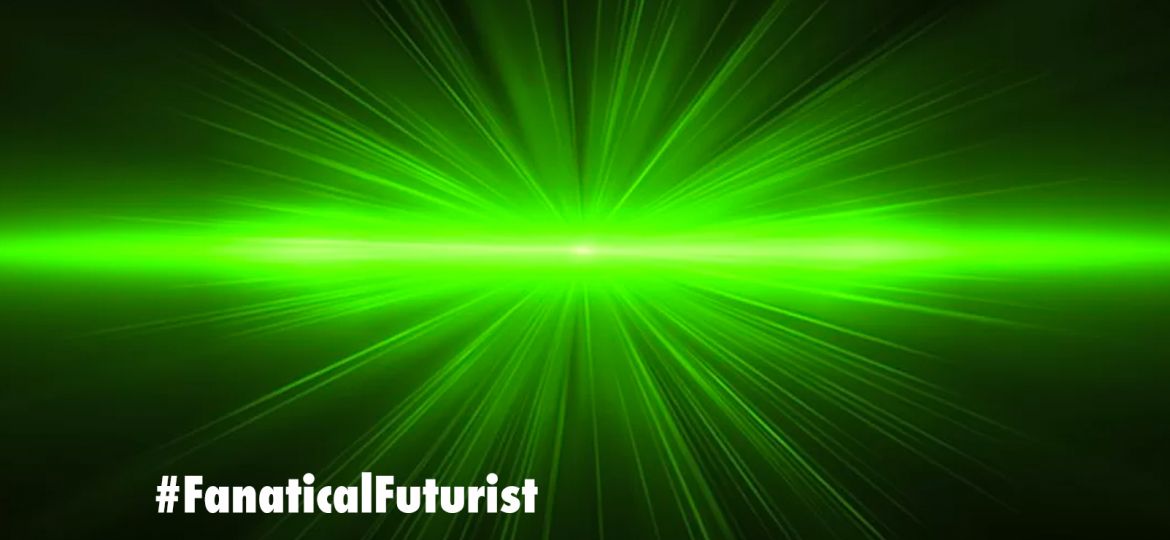
WHY THIS MATTERS IN BRIEF
As laser technology develops at an accelerating rate it’s increasingly being used to help scientists unlock the mysteries of the universe, and many other things besides.
Amazingly physicists are getting close to building lasers powerful enough to rip matter out of a vacuum, yes, you heard me right, rip matter out of a vacuum, a vacuum that, by its very definition, isn’t supposed to contain anything at all.
According to a report published recently in the journal Science, a team of scientists in China is getting ready to start construction of a 100 Petawatt laser known as the Station of Extreme Light, or SEL for short, and that puts them right at the front of a pack of scientists from elsewhere around the world who are trying their hardest to be the first to realise a prediction first made back in 2010 in the journal Physical Review Letters by a team of American and French physicists who were the first to theorise that a sufficiently powerful laser could cause electrons to magically “appear” out of a vacuum.
It might seem weird to imagine that electrons could appear out of empty space, but in matter of fact it makes a lot more sense when you start to realise the weirdness that is Quantum Electrodynamics that states that empty space isn’t empty at all, but rather is made up of densely packed pairs of matter and antimatter. Those pairs tightly fill up the gaps between everything, quantum electrodynamics states, they just don’t interact in any noticeable way with the rest of the universe because they cancel one another out.
As a result it’s easier to consider that the Chinese laser won’t so much create matter, as cause it to enter the world we humans can perceive and SEL’s powerful pulses of energy will cause the electrons to separate from their antimatter twins, positrons, in ways researchers can detect.
Building a laser powerful enough to do this though is a difficult, and, funnily enough, expensive task, and that’s saying nothing of the sheer technical challenge that’s involved. One hundred petawatts is about 10,000 times more energy than there is in all the world’s electrical grids combined.
Meanwhile it looks like a smaller Chinese laser, the Shanghai Superintense Ultrafast Laser Facility or SSULF, will achieve 10 Petawatts by the end of this year, and even that “small” laser will have an output that’s equivalent to 1,000 times the power generated by all the world’s energy grids. All that said though I’m sure you’re wondering just how it’s possible to reach these enormous power levels…
As the authors of the report explain, a lasers power is a function of two things – energy and time. Release a joule of energy over the course of 1 second, and that’s 1 watt, release a joule over the course of 1 hour, and that’s just 0.28 milliwatts (28 hundred-thousandths of a watt), but release that joule in just 1-millionth of a second, and that’s 1 million watts, or 1 megawatt.
All superpowered lasers rely in some way or another on releasing large amounts of energy over short periods of time, amplifying it and bending the beams such that all of that energy arrives at its target over the course of an even shorter period of time and it’s hoped that by 2023 the SEL could strike targets just 3 micrometers across, or the width of a single bacteria, with 100 Petawatts of power, and when it finally does manage to “bring matter into our world” we’ll just have to hope it doesn’t bring anything else along with it, like this molecular sized black hole that researchers created recently – something else that was created by firing a laser at an insanely small target.
















